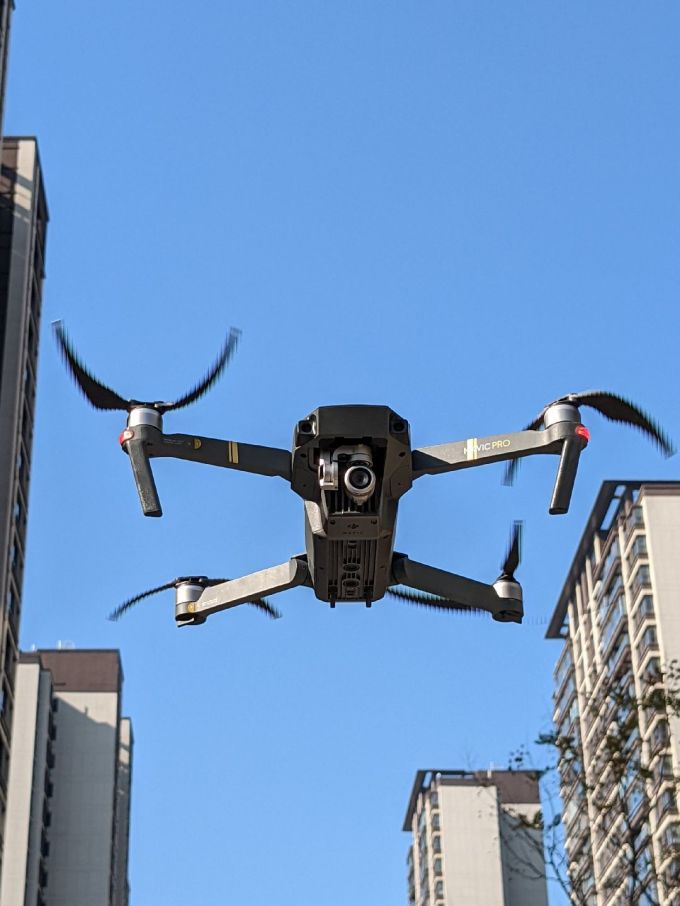In the rapidly evolving world of logistics, drones for delivery are shaping the future. These unmanned aerial vehicles offer innovative solutions, addressing long-standing challenges like reducing delivery times and minimizing environmental impact. With advances in technology, drones promise to revolutionize the delivery landscape.
The Rise of Delivery Drones
The adoption of delivery drones is no longer science fiction. Major companies, including retail giants and logistics firms, are investing heavily in this technology. The appeal lies in the speed and efficiency drones can offer. Instead of waiting days for a package to arrive, customers can receive their orders within hours. This shift in expectation is a driving force behind the burgeoning drone delivery industry.
Further aiding this transformation is the capability of drones to access remote areas where traditional delivery methods can’t reach. This makes drones for delivery indispensable in humanitarian efforts, such as delivering medical supplies to remote villages during emergencies.
Environmental Impact and Sustainability
Drones present a greener solution for logistics operations. Compared to delivery trucks, drones consume significantly less energy. This reduction in energy use translates to fewer carbon emissions, making drone delivery a sustainable alternative. The widespread deployment of drones aligns with global efforts to combat climate change and promote sustainable business practices.
Regulatory Landscape and Challenges
The integration of drones for delivery into everyday logistics is not without its challenges. One primary hurdle is the regulatory framework. Governing bodies around the world are working diligently to establish rules and safety protocols for drone operations. Airspace management, privacy concerns, and collision avoidance systems are just a few areas needing attention. As these regulations are developed and refined, the pathway to widespread drone delivery use becomes clearer.
Technological Advancements Driving Innovation
Technological breakthroughs continue to drive the efficacy and reliability of delivery drones. Features such as autonomous navigation, real-time tracking, and improved battery life enhance the service capabilities of these drones. Furthermore, companies are investing in AI technologies to optimize delivery routes, improve package handling, and ensure safe landings.
Public Perception and Future Prospects
Consumer trust and acceptance are critical to the success of any new technology. While the concept of drones delivering packages is exciting, it also raises questions about privacy and safety. However, as technology matures and becomes more mainstream, public perception is expected to shift positively. Looking ahead, the role of drones in delivery services is set to expand significantly, with potential applications in sectors ranging from agriculture to fast-food delivery.

FAQs about Drones for Delivery
Are delivery drones safe? While current technology ensures a high degree of safety through various sensors and navigational aids, ongoing advancements continuously improve safety measures.
How do drones reduce delivery times? By taking direct routes over obstacles and traffic, drones can reach destinations significantly faster than traditional vehicles.
What is the future of drone delivery? As regulations become more defined and technology advances, drones will likely become a common fixture in urban and rural logistics, offering fast, efficient, and sustainable delivery options.